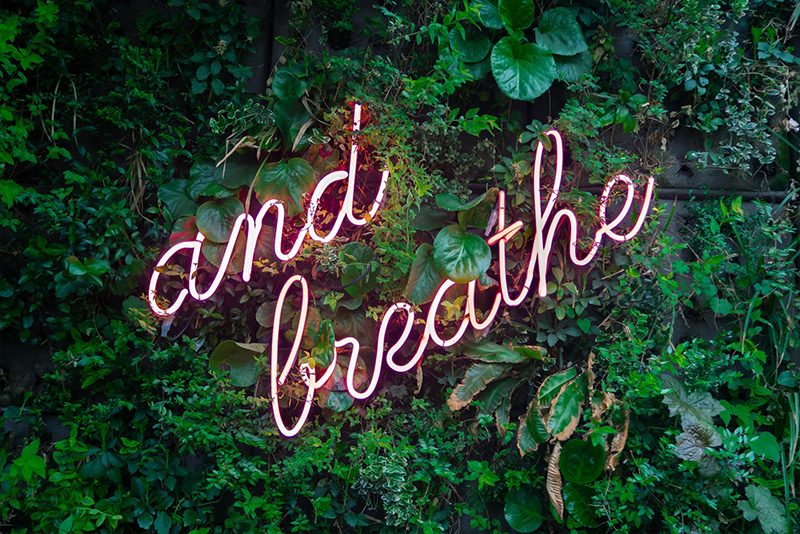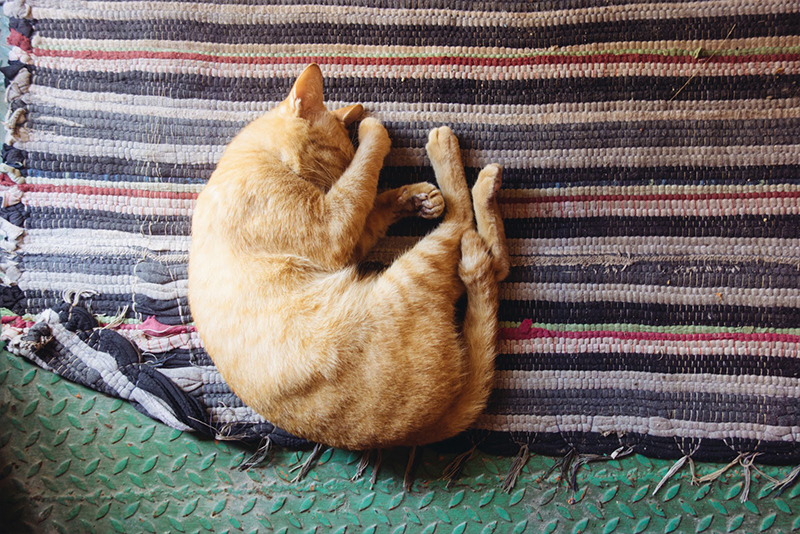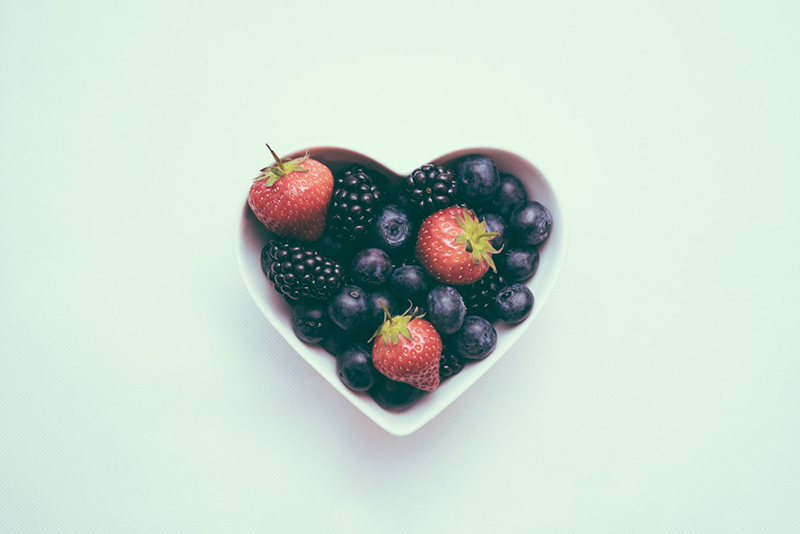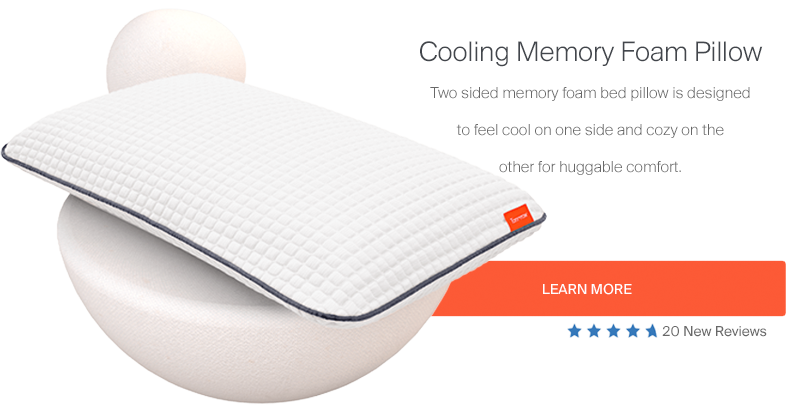Biphasic Sleep – Biphasic sleep refers to a sleep pattern where a person sleeps in two parts (shifts) throughout a 24 hour period. For example, a nap may be taken in the afternoon in addition to sleep at night. Other terms that are associated with this sleep pattern include diphasic, divided sleep, bimodal, and segmented sleep [1].
Sleep is a necessity that can be taken for granted. Typically, sleep is the first thing to be sacrificed when schedules get too hectic. Some people lose sleep because of stress or insomnia. When this happens it is necessary to break patterns and make changes when an existing sleep schedule does not work.
Our sleep patterns change as we age. As infants, we sleep polyphasically; babies experience several sleep-wake cycles throughout a 24-hour period [5].
Research shows that biphasic sleep can be effective in producing more energy compared to sleeping in one block (monophasic sleep) within a 24 hour period.
Types Of Sleep Patterns
We all have our own internal circadian rhythms, the term used to describe the biological and behavioral processes that happen in our bodies on a daily basis. There is no exact sleep cycle because each one of us has our own sleep needs. Different sleep patterns are considered typical depending on where you live in the world. In the US, people have transitioned into monophasic sleepers and sleep in one block. However, people in other countries sleep on a biphasic cycle. In these countries, sleepers often enjoy an afternoon siesta during the hottest hours of the day.
So what are the different types of sleep patterns?
Monophasic Sleep
Monophasic sleep is most common in the US. Our melatonin levels have decreased due to constant exposure to bright lights. This greatly impacts our sleep-wake patterns and negatively alters the duration of our sleep [2].
This pattern can trigger insomnia for some. For those triggered, it is worth considering other sleep patterns.

Biphasic Sleep
Biphasic sleep patterns occur when sleep is divided into two parts within a 24-hour period. This is quite common in the Mediterranean and Southern parts of Europe. Benefits linked to this sleep pattern include stress reduction and better cognitive function [3].
Siestas or afternoon naps are so commonplace that in some countries stores shut down at specific times for short naps.
Biphasic sleepers sometimes experience higher energy because energy levels are restocked during the day.

Polyphasic Sleep
With a polyphasic sleep schedule, the total number of hours of sleep varies from one person to the next. Some require 8 hours of sleep, while others can function on less when they take several naps throughout the day.
In a polyphasic sleep pattern, the sleep cycle is broken into more than two parts within a 24-hour period. Polyphasic sleep cycles have several categories such as the Everyman, where the sleeper gets three hours of sleep at night with three 20-minute nap times throughout a 24-hour period. With the Uberman sleep schedule, a sleeper experiences a total of three hours of sleep that is broken down into six 30-minute naps in one day. The Dymaxion sleep cycle occurs when the sleeper experiences 2 hours of rest and a 30-minute nap every six hours.
Admittedly, those who follow a polyphasic sleep pattern may have a difficult time navigating a culture that does not practice segmented sleep. There are different polyphasic sleep applications available to help with the process.
Why Biphasic Sleep May Be Optimal
It is believed that a biphasic sleeping pattern allows the brain to recharge its cells. EEG measurements have indicated that humans are biphasic in nature [4].
There have been several benefits associated with following this sleep schedule. Here are a few.

Relaxation
Those who followed a biphasic sleep schedule found themselves feeling more relaxed after three hours of deep sleep. People who suffered from insomnia and switched to this sleeping pattern found that they were more relaxed, happy, and energetic the following day compared to sleeping in one chunk of time [3].

Meditation
For those that practice meditation, a biphasic sleeping pattern works hand-in-hand as it increases melatonin levels [3].

Deeper Sleep
Another benefit to following this pattern is that deep sleep is accomplished with fewer REM sleep cycles. The required total sleep reduces significantly without affecting the mental faculties. If rest is accomplished with 8 hours of monophasic sleep, 6.5 or 7 hours of quality sleep may be adequate with a biphasic sleep pattern. Remember – brain cells regenerate through quality sleep [3].

Fresh and Alert
Biphasic is better than monophasic sleep for those who need to concentrate. Those who feel the mid-afternoon lag often benefit from a power nap. Many find that these short naps allow for better concentration and focus [3].

More Energy
Some companies and schools promote environments where their employees sleep in the afternoon to increase productivity. Corporations such as Uber, Zappos, Google, and Ben & Jerry’s believe in working “smart.” These businesses include nap pods for their employees [5].

Better Food Choices
Another plus to this type of sleep is that you may develop better eating habits. Because you feel more rested, your body gravitates away from foods high in carbohydrates and sugar. More energy is also supplied to prepare food for your diet which allows for healthier choices. A better sleeping pattern may decrease the chance of developing type 2 diabetes.
Chronic sleep deprivation leads to a decrease in insulin secretion. Insulin resistance can result in high blood sugar and diabetes.

The Potential Disadvantage of Biphasic Sleep
Changing sleep patterns can be difficult. If the transition is unsuccessful, your body can be adversely affected. Disrupting sleep patterns can harm cells, organs, tissues, and increase the risk of obesity and heart problems [7].
Perhaps the biggest downside to a biphasic sleep pattern is that corporations and businesses do not work on this schedule. Day-to-day tasks are difficult if you are operating on a totally different timeframe.
Another downside to a biphasic sleep-wake cycle is that your wakefulness may not be compatible with your social life. This can be disruptive to personal relationships. However, this sleep pattern may be ideal for those who do shift work or for parents who need a quick boost of energy when taking care of their children.
When trying biphasic sleeping, keep in mind that artificial light disrupts sleep. Keep the lights dim, and use blackout curtains if necessary as light affects the circadian cycle.

Implementing Biphasic Sleep
If you are planning on trying biphasic sleep, learn to wind down for both the first and second periods of sleep. Winding down means turning off all phones, gadgets, televisions, and electronic devices. Take a bath to help you relax. Practicing meditation and mindfulness to get into a calmer and more relaxed state.
There are a lot of ways to help you sleep aside from those mentioned above. Be cautious when implementing a new pattern. If you are used to monophasic sleep, changing your cycle may not be recommended as it can disrupt your overall health.
Our sleeping habits have changed since the Industrial Revolution. Sleep, whether monophasic or biphasic, does not occur as easily or without first dealing with distractions. There are internal and external forces that increase waking hours and prevent sleep. Keep this in mind when considering the optimal sleep pattern for you. Biphasic sleep has its benefits, but it is up to every individual to determine what is the best sleep pattern for them.
Biphasic Sleep Resources:
[1] Healthline; What Is Biphasic Sleep?.
[2] Medical News Today; What is biphasic and polyphasic sleep?, Lori Smith BSN MSN CRNP, September 15, 2017.
[3] SuperMemo; Polyphasic Sleep: Facts and Myths, Dr. Piotr Wozniak, January 2005.
[4] Renaissance Humans; Biphasic Sleep: What Two Weeks Of It Did To Me.
[5] Inc.; 6 Companies (Including Uber) Where It’s OK to Nap, Zoe Henry, September 04, 2015.
[6] WebMD; Type 2 Diabetes and Sleep, Nayana Ambardekar, MD, May 30, 2018.
[7] Everyday Health; What Is Segmented Sleep and Is It Healthy?, Pat F. Bass III, MD, MPH, February 07, 2013.






